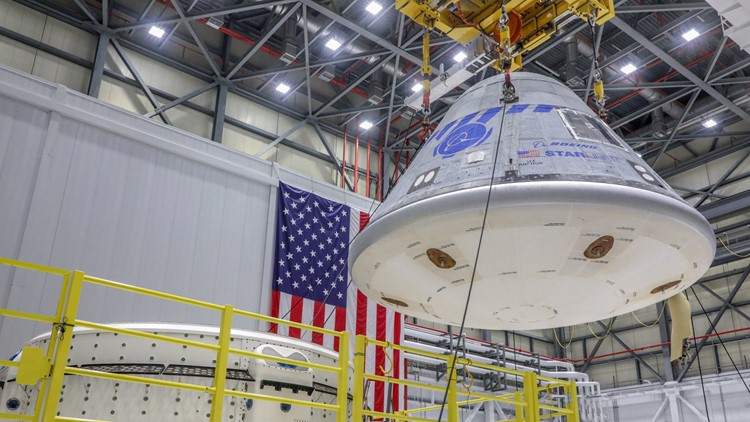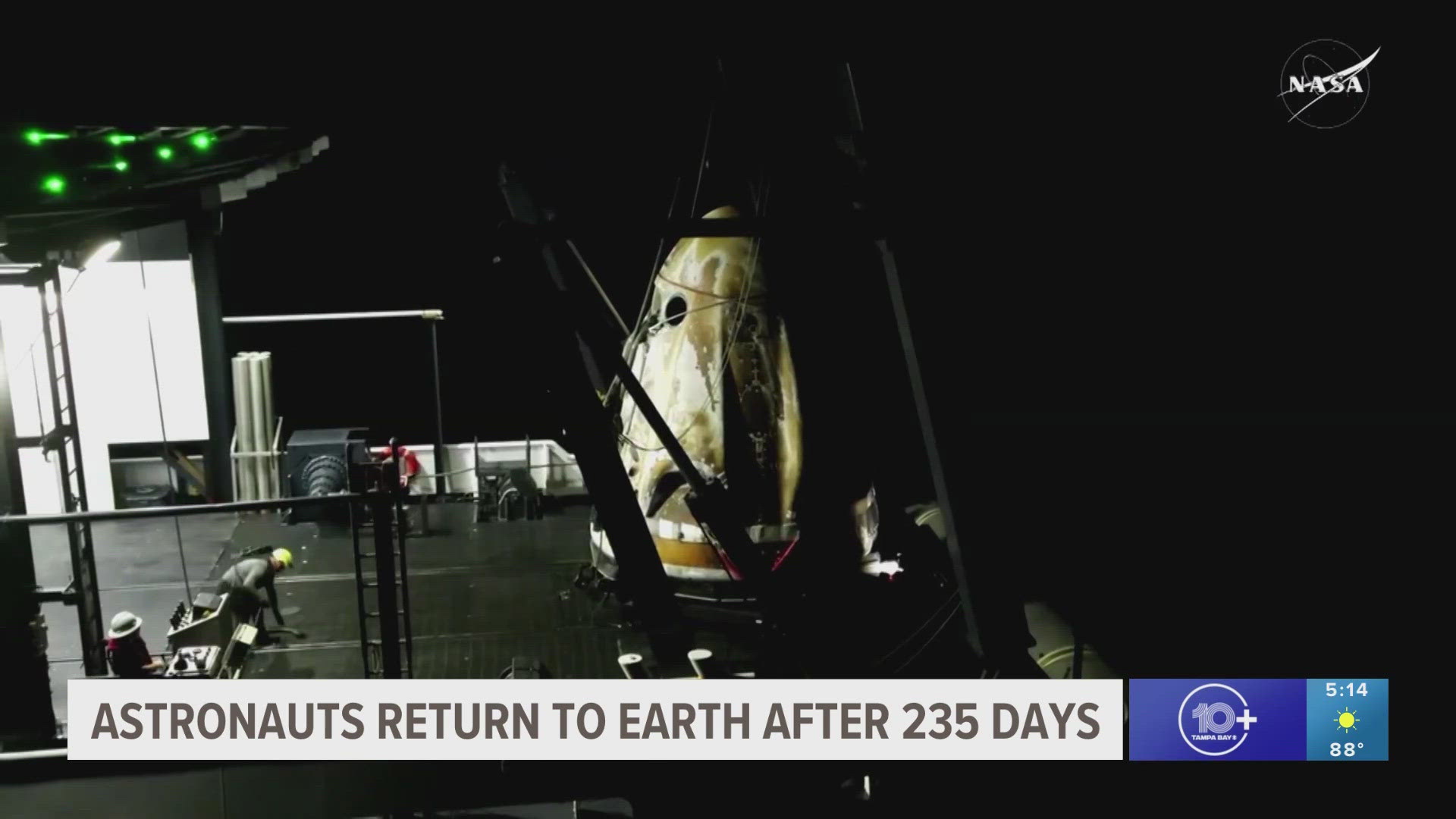CAPE CANAVERAL, Fla. — Third time's a charm? Well, NASA and Boeing Space sure hope so as a new target launch date has been set for the previously plagued Orbital Flight Test-2 (OFT-2) mission to the International Space Station.
The second uncrewed test flight of the company's CST-100 Starliner spacecraft as part of NASA's Commercial Crew Program is set to leave Earth on May 19. The spacecraft will hitch a ride aboard a United Launch Alliance Atlas V rocket from Space Launch Complex-41 at Cape Canaveral Space Force Station.
The exact timing for the launch from Florida's coast has yet to be announced.
During the Orbital Flight Test-2 mission, Boeing will attempt to successfully prove Starliner's end-to-end capabilities. The mission will take the company's uncrewed capsule to the International Space Station before returning back to Earth in an effort to prove it is astronaut-ready.
If all goes well Boeing could provide the data NASA needs to certify the spacecraft for regular flights of astronauts. And Boeing really needs this win.
The company has battled a history of issues when it comes to Starliner and its launches.
Most recently, the spacecraft had to stand down from its August 2021 launch due to Starliner unexpectedly showing "closed" valve position indications on its propulsion system.
Prior to that, the spacecraft had to stand down from a July 2021 attempt when Russia's new Multipurpose Laboratory Module moved the International Space Station out of orientation.
But we'll need to go back to 2019 to understand the beginning of Boeing's roadblocks when it comes to getting Starliner to the orbiting laboratory.
The company's first uncrewed test flight made headlines after the capsule hit a snag in orbit and was unable to rendezvous with the ISS. According to Boeing, the capsule's insertion into orbit wasn't normal after an onboard thruster firing failed to occur.
The Associated Press reported NASA's seven-month-long investigation into the incident revealed 80 corrections were needed to be made to Starliner's software and testing.



